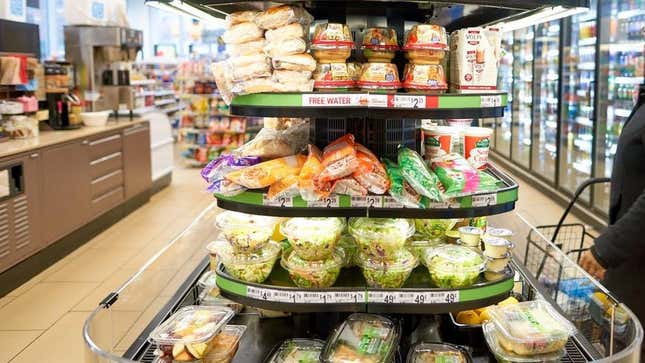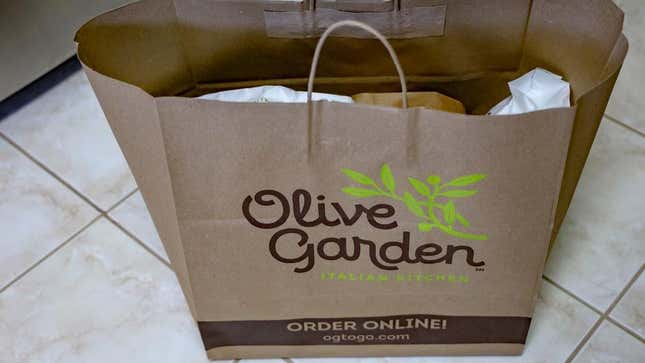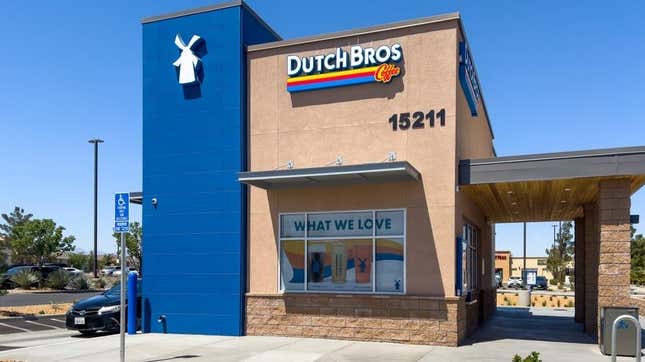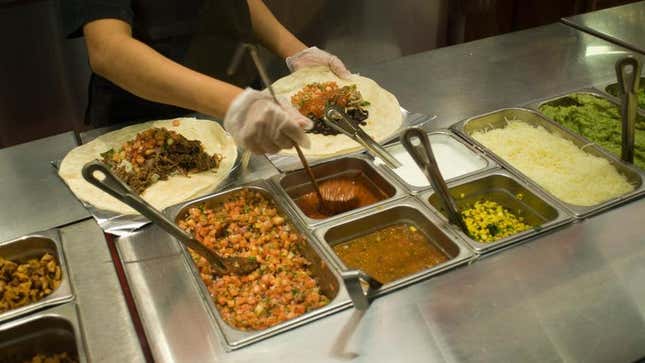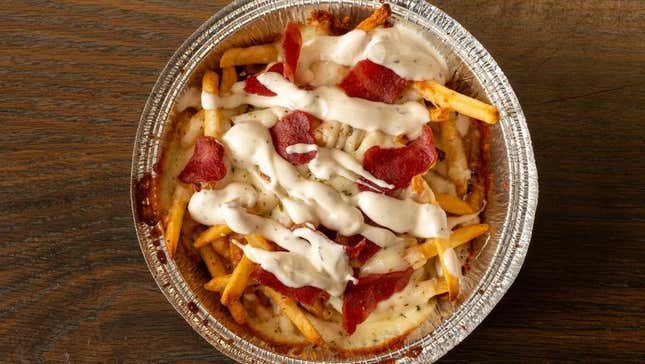
If 2022 was the year of lingering pandemic dining—bringing with it more reservations, private accommodations, and the death of the communal table—then 2023 was the year of Very Online Dining (VOD, if you will). True, some pandemic-era trends are still in place, like QR code menus, but restaurants seem to be moving toward a curious future that relies less on ghost kitchens and more on, dare we say, pizza vending machines.
It’s hard to predict what 2024 will bring. In the meantime, let’s take a spin through eight major ways dining changed in 2023.
